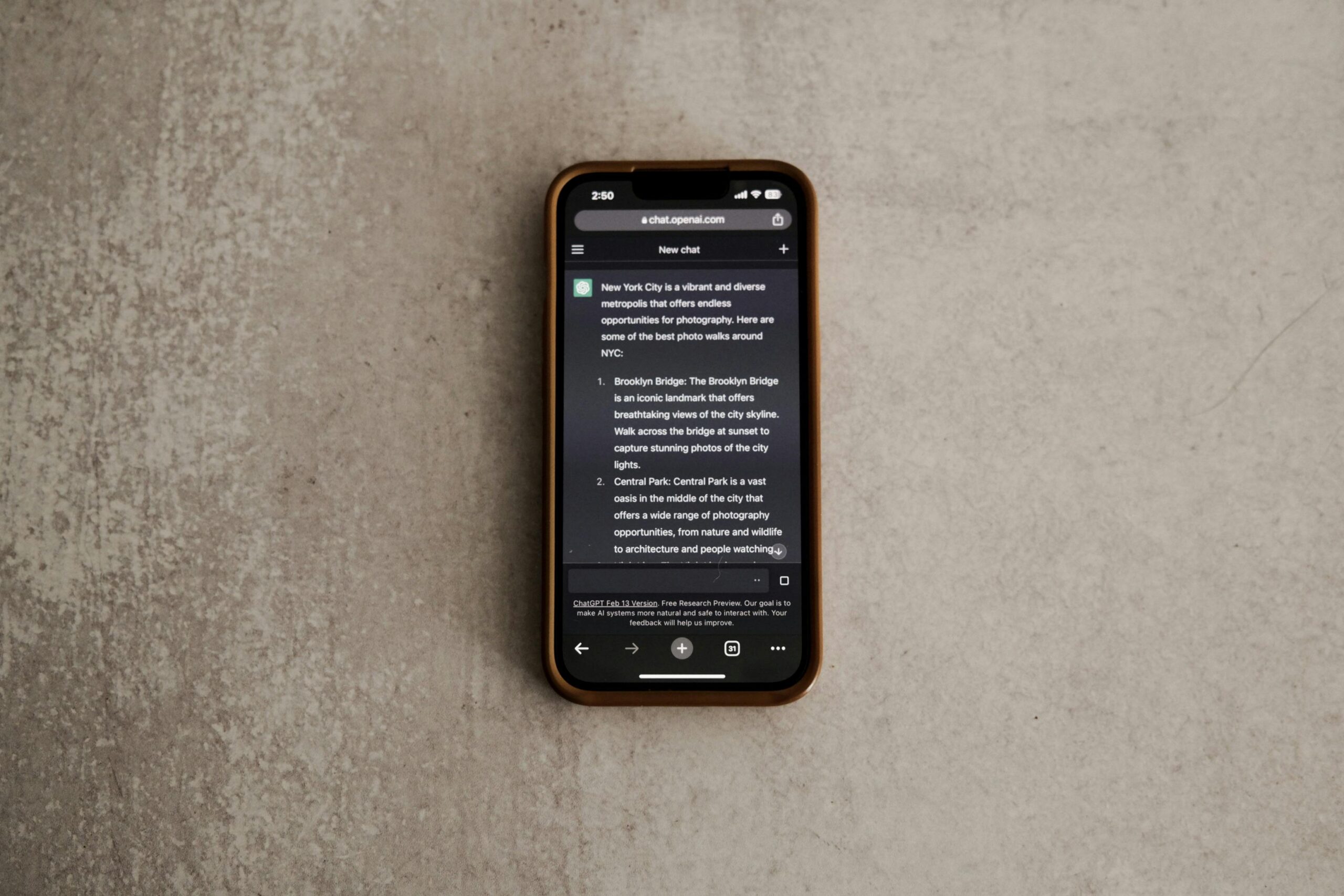Teaching in an AI World

ChatGPT came out in the fall of 2022 and undoubtedly change the world. Now there is a public AI for almost any niche. Teachers, administrators, and school districts have been debating about this for 16 months now.
Regardless of your opinion on the impact of AI in the classroom, one thing is sure: It’s here to stay. It won’t replace you as the teacher, as nothing can replace human contact, but it will adjust your role.
Long have the days gone when the teacher was the expert on the content and was the only means for the student to learn the material. Students could already look up anything on google before ChatGPT, now they have a means of making it look like they did the work themselves.
Think about when calculators came out. Math teachers were having this same conversation. Well, I wasn’t around yet, but I imagine they were. Did math classes go away? Did math learning disappear? No. It was enhanced. I took AP Calculus in 12th grade and was able to do more complex operations in less time due to my TI-83. I simply had to learn to harness it. To use it. To make it mean something
Rather than fighting the use of AI, let’s adapt that same mindset.
You’re no longer giving math students the same problems you did before calculators.
We can no longer give the same assignments.
If we needed a push to get to Project Based Learning, this was it. We can’t rely on worksheets, multiple choice tests, or essays.
Students need to complete real world work to solve real world problems. We can use English, Science, Math, and Social Studies to solve them. But we have to be engaged with the world, and we’re welcome to use AI as a tool.
How do you use AI in the classroom?